The Lowdown on Shoulder Impingement
Welcome back to the Total Performance Newsletter! If you are a new subscriber and did not receive previous editions, check out the "Newsletter" tab on my website (www.totalperformance-pt.com) and they are all posted there. If you have trouble accessing this link, please let me know! This month, we will continue to take a look at some specific movement and injury-related issues that commonly arise and how to deal with them.
Before we dive into today's topic, I wanted to give a quick social media plug. Follow us on Instagram (@total_performance_pt) and Facebook (@Total Peformance Physical Therapy). I have been more active in those places and will be making regular posts on ways to further help you move better, feel better, and perform better!
Getting back to today’s newsletter, we are going to discuss shoulder impingement. We'll explain what it is, why it happens, and what to do about it. Here we go.
What is shoulder impingement?
By definition, impingement just means when two things are pinched together or touching each other. In the case of the shoulder, it is when the tendons of the rotator cuff muscles are pinched against the acromion, which is a part of the shoulder blade. Here is a picture to illustrate:
When these tendons get pinched, it can cause pain, weakness, inflammation, and stiffness in the shoulder.
Why it happens?
Similar to the previous two newsletters about tennis elbow and patellar tendonitis, the cause shoulder impingement is a combination of poor movement mechanics and overuse.
A quick anatomy lesson here-the shoulder is a ball and socket joint. The socket is part of the shoulder blade, and the ball is part of the humerus. When you raise your arm overhead, the shoulder blade is supposed to tilt and rotate in a manner that helps keep the ball centered in the socket. With proper movement, the shoulder blade movement clears the acromion out of the way so the arm and rotator cuff tendons have room to move. However, with improper movement mechanics, the shoulder blade does not move as needed, leading to pinching of the rotator cuff tendons. You can get away with this for a while, but if these faulty mechanics continue over time, the tendons can get irritated and become inflamed and painful.
Here's a video for further explanation:
What to do about it?
In some cases, the hook of the acromion is bent over towards the humerus (arm bone) too much, and surgery is required. Reference the picture above to visualize this. Fortunately, most of the time this issue can be resolved by restoring proper shoulder mechanics and therefore improving range of motion. And doing so is right up our alley. Here is a sequence of exercises I like to use to do exactly that (click on the names of the exercises for links to video demonstrations):
Quadruped Breathing; 3-4 sets of 5-6 breaths per set
keep eyes in front of fingers and gently push away from the ground; slow, relaxed, full breaths; inhale through your nose, exhale through your mouth; as you inhale, think about breathing into your upper back between your shoulder blades-you should feel a gentle stretch there; maintain "pushed away" position as you exhale; getting air into your upper back will create the proper position for the shoulder blades to sit on the ribcage-getting the shoulder blades in the proper position is key for setting up them up to move properly
Hands Supported Downward Dog; 2-3 sets of 8-10 reps
start with eyes in front of fingers, upper back gently pushed away from your hands; body in a straight line; as you push your hips back, allow heels to naturally fall to the ground; stay within comfortable range of motion, then return to starting position; make sure you reset your upper back position if needed; the goal here is to teach the body to utilize proper overhead shoulder mechanics, taking advantage of the position we set up in the first exercise
Circuit: *complete these next two exercises as a circuit for 2-3 rounds
1/2 Kneeling Single Arm Cable Row; 10-12 reps
as you perform the rows, allow arms to work reciprocally; make sure each arm is reaching long while keeping your torso in place (do not lean forward); slowly raise the height of the cable as you are able in order to train greater ranges of overhead motion
Bear ISO Hold; 15-30 seconds
knees should be 3-4 inches off the ground; maintain push away from the ground through your upper back; the goal here is to build strength and stability while maintaining proper ribcage/shoulder blade position-think of it as a progression from the Quadruped Breathing exercise to challenge your body to maintain proper shoulder blade position
Quadruped Walkouts; 2-3 sets of 5-6 reps
take small steps stay within range of motion that you can control; the goal here is to continue to build strength and stability while maintaining proper positioning while going overhead; this is also great for building rotator cuff strength
As always, these exercises can be changed, progressed, or regressed as needed based on each individual's needs, goals, and abilities, but this sequence provides a good outline for the things we need to improve in order to resolve shoulder impingement. If you're dealing with nagging shoulder pain, give them a shot!
Stay tuned for next month’s newsletter, where will we continue to look into some common issues that arise and practical solutions to deal with them! Also, if you have any topics that you want to see covered in a future newsletter, please let me know!


